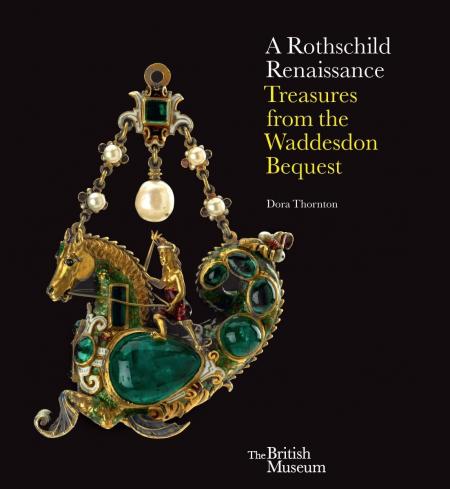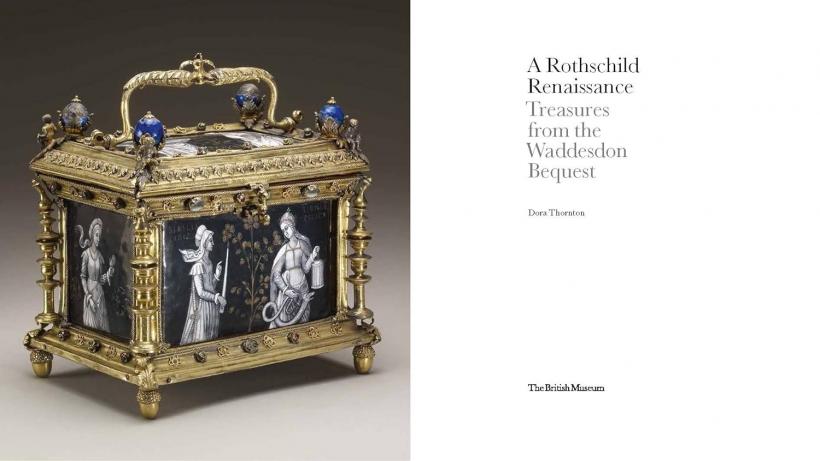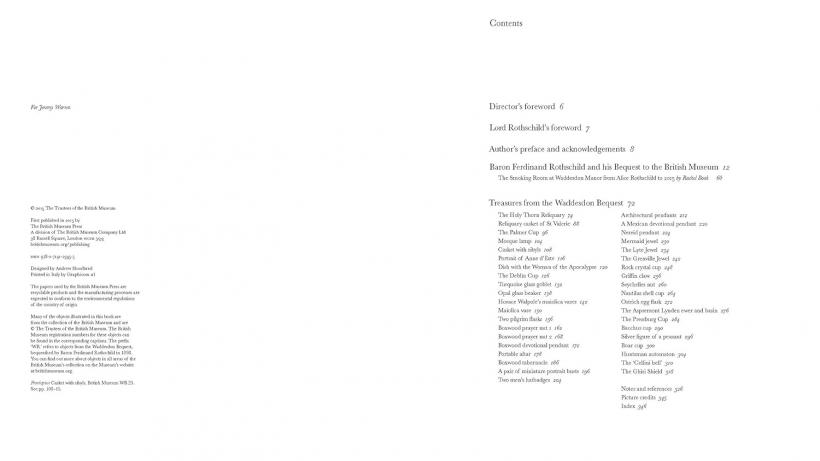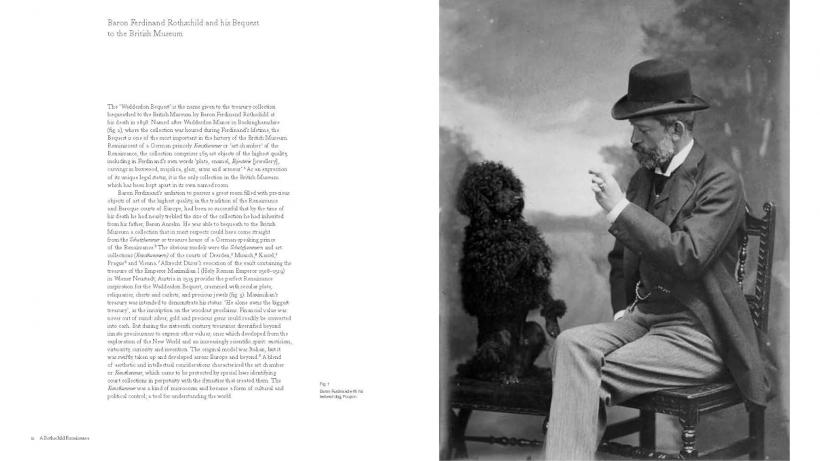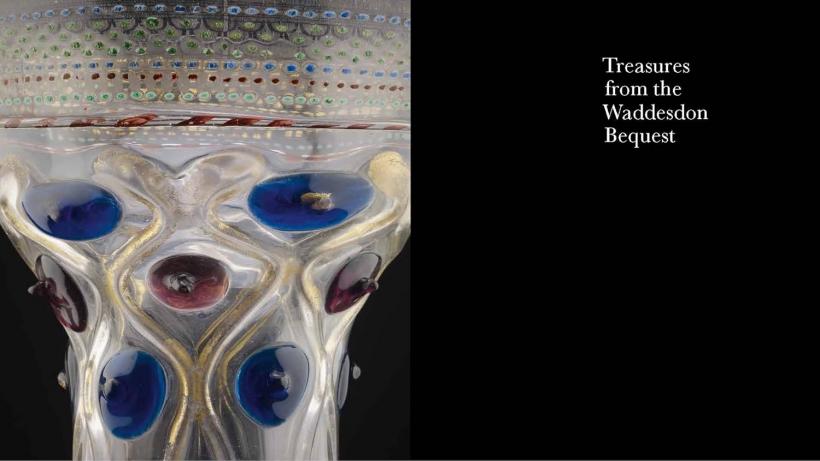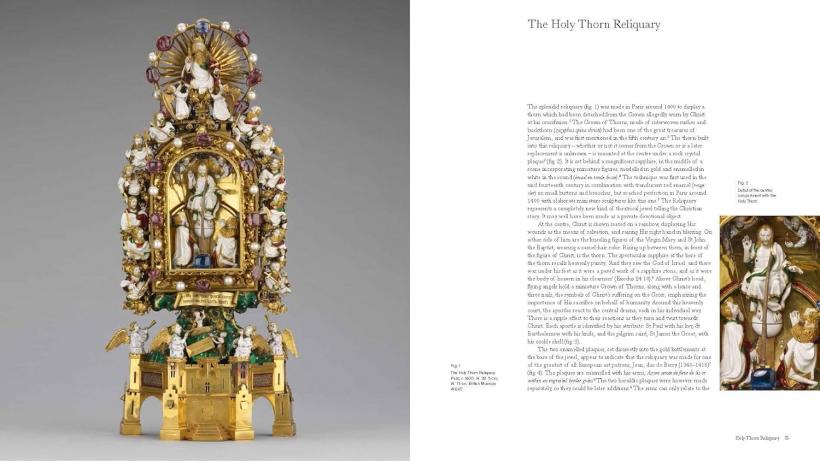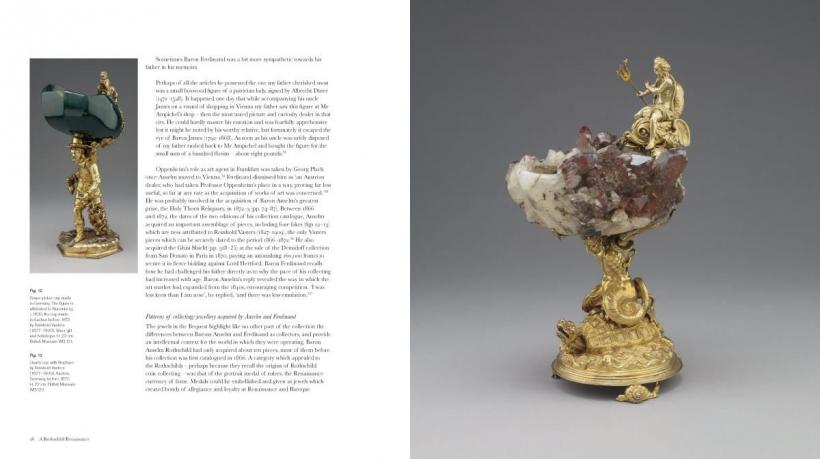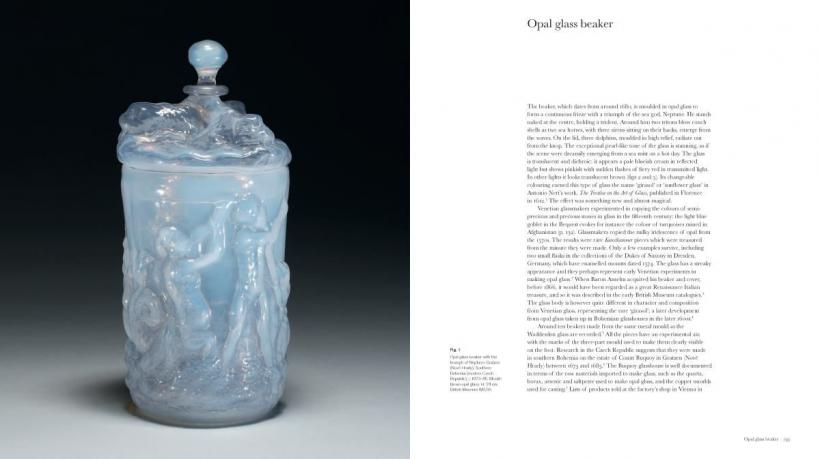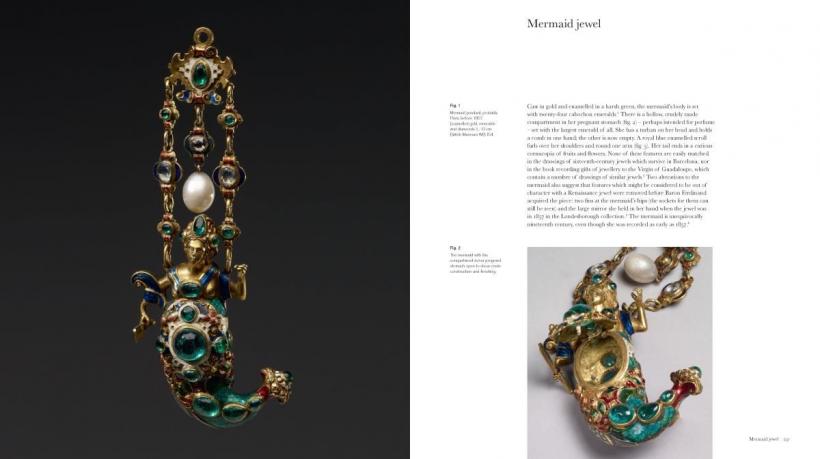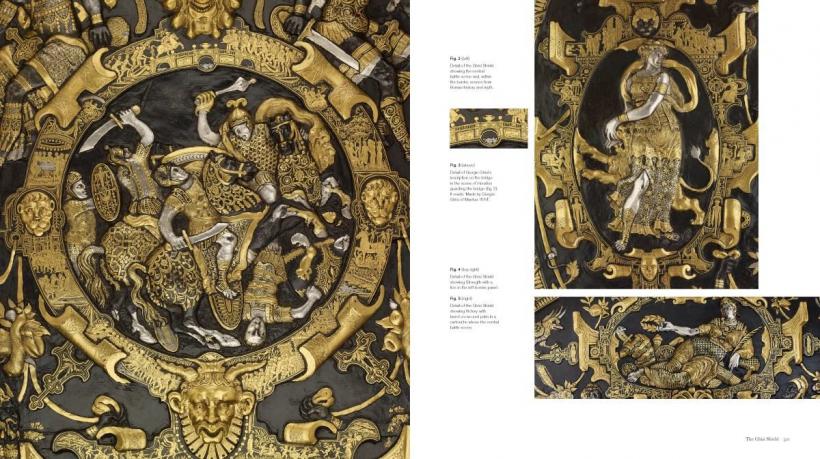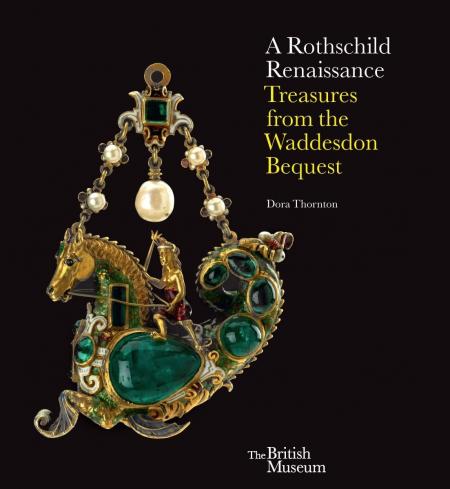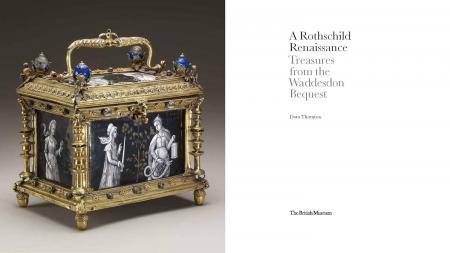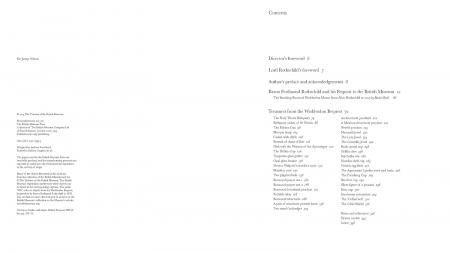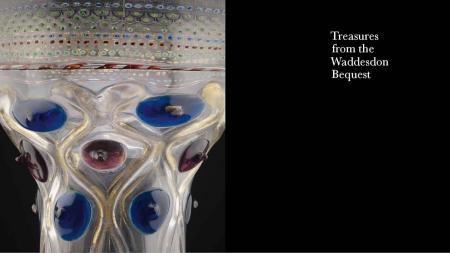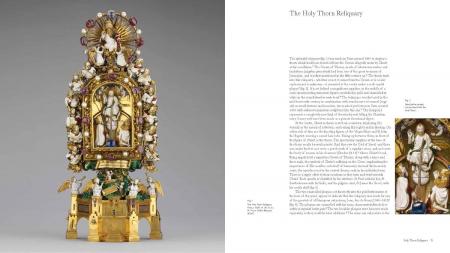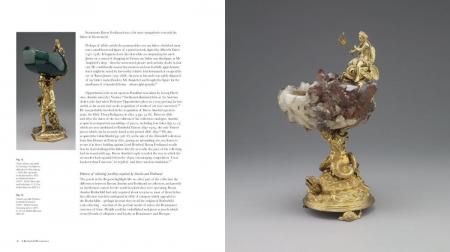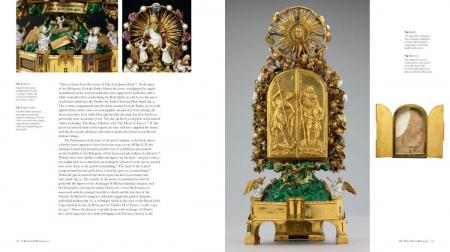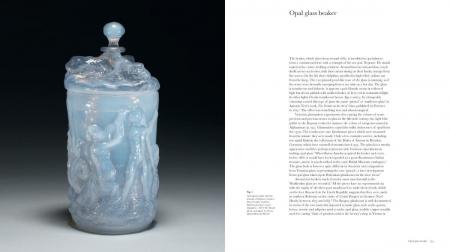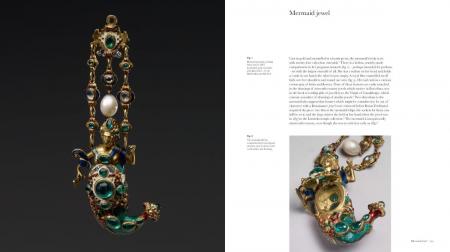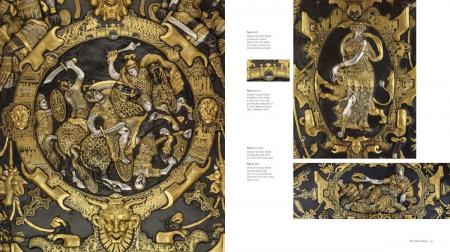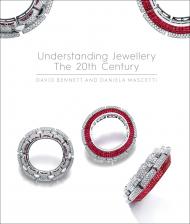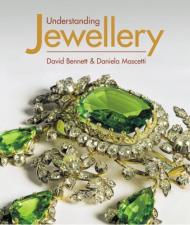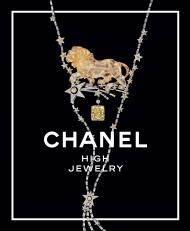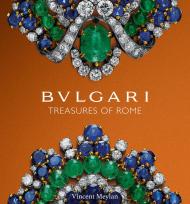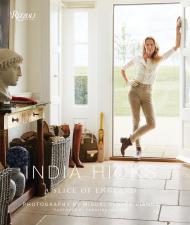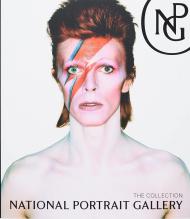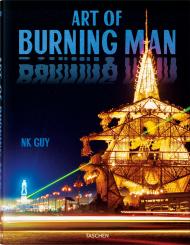У цій книзі представлено та досліджено Waddesdon Bequest, назву, дану Kunstkammer або кабінетну колекцію скарбів епохи Відродження, яку заповідав Британському музею барон Фердинанд де Ротшильд, член парламенту в 1898 році. Bequest названо на честь Waddesdon Manor у Бакінгемширі, казкового французького замку, побудованого бароном Фердинандом у 1874-83 роках, де за його життя містилася колекція. Будучи великою єврейською банківською сім’єю, Ротшильди були найбільшими колекціонерами дев’ятнадцятого століття, шукаючи не лише найкращої майстерності у своїх скарбах, але й демонструючи велику проникливість і гостре відчуття історичної важливості при їх виборі. Мета барона Фердинанда, який часто працював у суперництві зі своїми двоюрідними братами, полягала в тому, щоб мати особливу кімнату, наповнену чудовими, дорогоцінними та складними предметами в традиціях європейських дворів періодів Відродження та Бароко. У той час було зрозуміло, що колекція такої якості ніколи не може бути створена знову, враховуючи рідкість і вартість творів, а також проблеми підробки та підробки саме такого матеріалу.
Книга розкриє історію та романтику цієї славетної колекції через дослідження деяких із її найбільших скарбів та історій, які вони розповідають. Він познайомить з майстрами та меценатами, віртуозною майстерністю, підробками та історією колекціонування від пізнього середньовіччя до сучасності, про яку розповідають предмети. Обговорювані скарби включатимуть шедеври роботи золотих майстрів зі срібла; ювелірні вироби; тверді камені та гірський кришталь з гравіруванням; дивовижна мікрорізьба на самшиті, розписній емалі, кераміці та склі; зброя та обладунки та «цікавості»: екзотичні скарби, що включають страусині яйця, сейшельські горіхи, бурштин або мушлю наутилуса. Для частин цієї чудової колекції з’явилися наукові каталоги, але ця книга відкриє Заповідання широкому читачеві. Розглядаючи окремі об’єкти в деталях, спираючись на нові фотографії та дослідження, книга дозволить читачам побачити й зрозуміти об’єкти в зовсім іншому світлі.
Про автора:
Дора Торнтон є куратором Європи епохи Відродження та куратором Waddesdon Bequest у Британському музеї. Вона курувала нову постійну галерею, фінансовану Фондом Ротшильда, для Waddesdon Bequest, Kunstkammer Ротшильда в Британському музеї. Її остання книга «Відродження Ротшильда» була опублікована разом з відкриттям галереї в червні 2015 року.
_________
Красива та розкішно ілюстрована книга, яка представляє основні моменти придворних скарбів барона Фердинанда де Ротшильда епохи Відродження.
У цій книзі розповідається про Waddesdon Bequest, назву, дану Kunstkamer, або кабінетну колекцію скарбів епохи Відродження, яку заповідав Британському музею депутат барон Фердинанд де Ротшильд у 1898 році.
Заповідання названо на честь Waddesdon Manor у Бакінгемширі, казкового французького замку, побудованого бароном Фердинандом у 1874-83 роках, де колекція містилася за його життя.
У той час було зрозуміло, що колекція такої якості ніколи не може бути створена знову, враховуючи рідкість і вартість творів, а також проблеми підробки та підробки саме такого матеріалу.
Ця книга розкриє історію та романтику цієї славної колекції через дослідження деяких із її найбільших скарбів та історій, які вони розповідають. Він познайомить з майстрами та меценатами, віртуозною майстерністю, підробками та історією колекціонування від пізнього середньовіччя до сучасності, про яку розповідають предмети. Для частин цієї чудової колекції з’явилися наукові каталоги, але ця книга відкриє Заповідання широкому читачеві.
Розглядаючи окремі об’єкти в деталях, спираючись на нові фотографії та дослідження, книга дозволить читачам побачити й зрозуміти об’єкти в зовсім іншому світлі.
